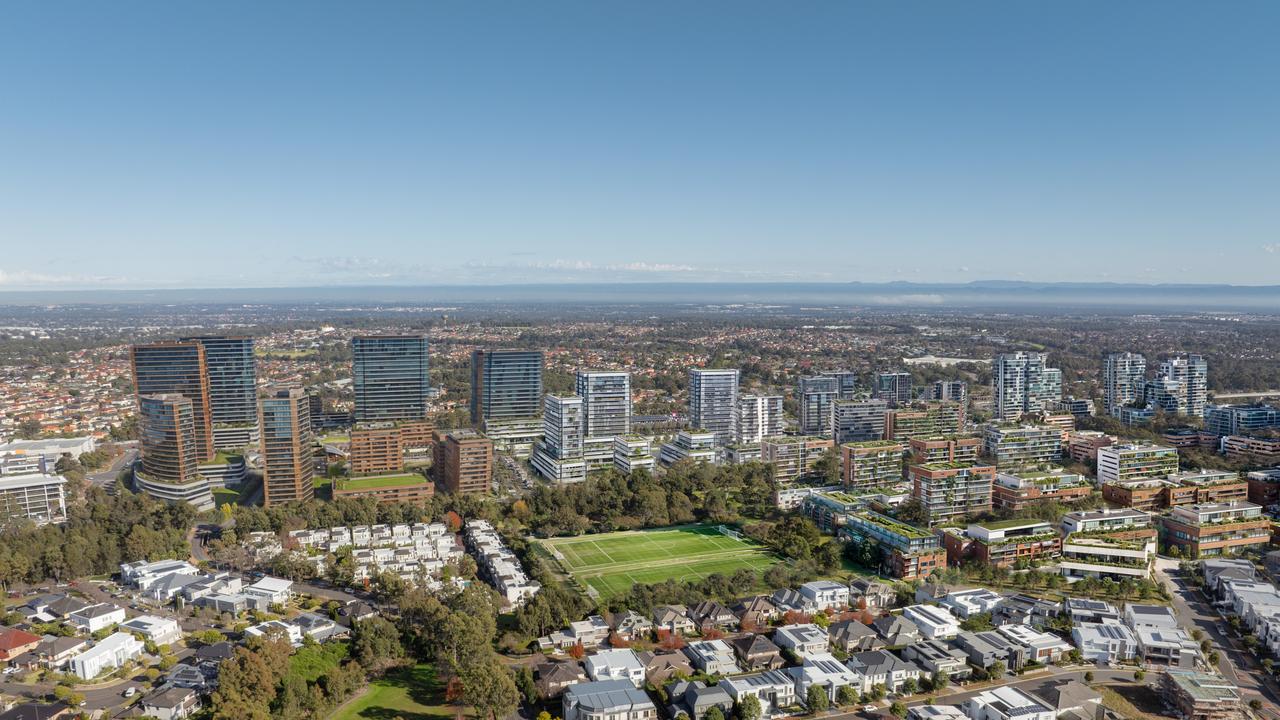Get ready for the great borrowing squeeze of 2015
TIGHTER conditions are set to shut out some investors.

FOR Australian investors the theme of 2015 has suddenly become crystal clear: it’s simple, but people are only beginning to digest its ramifications.
In the year ahead we have the delightful prospect of rock-bottom interest rates and ample opportunities across both the sharemarket and the property sector — the problem is not the cost of financing investment, it’s the issue of availability. As of this week it’s going to get harder to finance investment plans.
In the blink on eye three powerful agencies have moved to choke off the provision of super cheap finance, which has been pumping up the investment property market and making possible selected segments of sharemarket action.
Within days of each other the Murray inquiry recommended the complete scrapping of gearing in DIY funds, ASIC — the market regulator — said it was going to investigate “interest only” loans to make sure they were being offered “responsibly” and most ominously APRA — the prudential regulator — introduced long anticipated “marcoprudential controls”, which are designed to arrest the banks dishing out investment loans to investors, especially for residential property.
Each of these three initiatives will combine to tighten the provision of finance:
● The government now has a green light for closing off gearing in DIY superannuation funds. This is a very narrow-minded policy. Why should the majority of investors who are careful and conservative pay to protect a small portion of investors who make silly decisions in property?
Moreover, if the measure goes through, an investor will not be able to borrow to buy, say, an investment property they fully understand. Paradoxically, they will still be able to buy, for example, a geared hedge fund, which is borrowing furiously to trade in a manner which very few investors — or indeed regulators — understand.
●In announcing its investigation into the level and condition of the “interest only” lending sector ASIC released the remarkable statistic that in the three months to September 43 per cent of new home loans were interest only. This is dramatic, but then when you can borrow at 5 per cent and get 4 per cent or more in rental income is it any surprise? Perhaps some pointed macroprudential policies that aim to peel back interest-only lending is in order. Such a measure automatically favours those who are already luxuriating in low rates and easily achieved positive gearing. But if it regulates the inner-city apartment market without making the entire economy endure an unnecessary hike in rates then it is a reasonable price to pay.
● The most striking of the new initiatives is APRA’s warning to all banks or “approved deposit taking institutions” which are growing their mortgage books by more than an annualised 10 per cent that they will face “intense supervisory action” (i.e. they will have to keep more reserve, and consequently face a tightening of profit margins). A close look at the numbers suggests that over the past 12 months Macquarie Bank did not just exceed the new limit but broke it by a multiple of five with a 55 per cent growth in its mortgage business. Other players in the market, mostly lesser-known banks such as Members Equity (42 per cent) or Defence Bank (36 per cent) are all well in excess of this limit, the big four are broadly within the limit.
If only the new kids on the block — the peer-to-peer lenders — such as RateSetter and SocietyOne, which the Murray inquiry so clearly hails as welcome sources of new innovation, had managed to penetrate the market a little more before now. Unfortunately, for most investors the blitz of new efforts to rein in risky finance practice means it is going to be much harder to get a loan from the bank, it is going to be particularly more difficult to get an interest-only loan.
For experienced investors the irony of the measures is that rates are so low that it is actually quite difficult to get any decent level of negative gearing into an investment. Sharemarket dividend yields and residential rental yields at 4 per cent plus are very close to financing costs. As a result, some investors seeking negative gearing have to take out very large loans or multiple loans to get the level of tax deductions they might have achieved when interest rates were closer to normal, i.e. that is twice as high as they are now.
What is going to happen early next year looks like this: the investment property market will remain attractive; rates will stabilise or may even fall further (if we are to believe leading institutions such as Goldman Sachs, NAB and Westpac). In turn that means banks will be more selective with whom they do business and the investors who will be hit hardest are those at the margins: with the worst ability to repay, with the least attractive properties, with the poorest credit histories. All up we are heading up for a borrowing squeeze and a related clean-out in the investment property sector.
Most pertinently, investors who did not move quickly enough to move on our too-good-to-be -true low interest rates will now find it very hard to get into the race unless they have sizeable deposits whereas until very recently it looks like all you had to do was ask.
Trial Eureka Report FREE for 21 days. register now atwww.eurekareport.com.au



